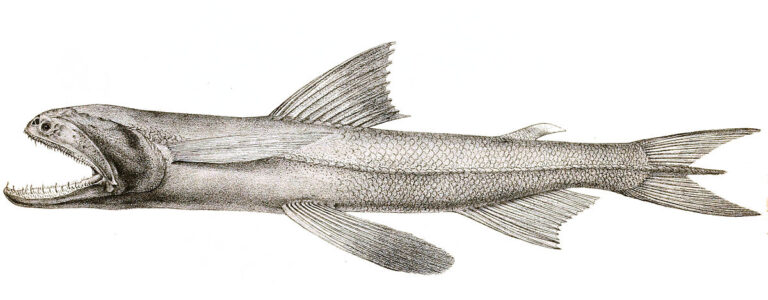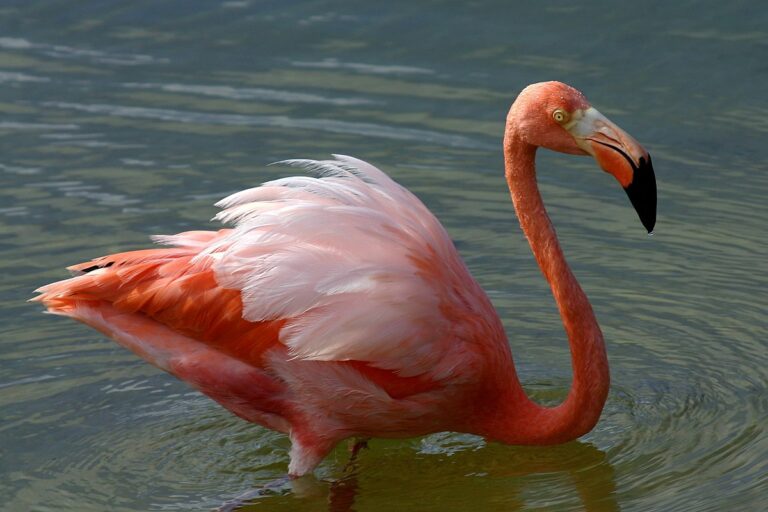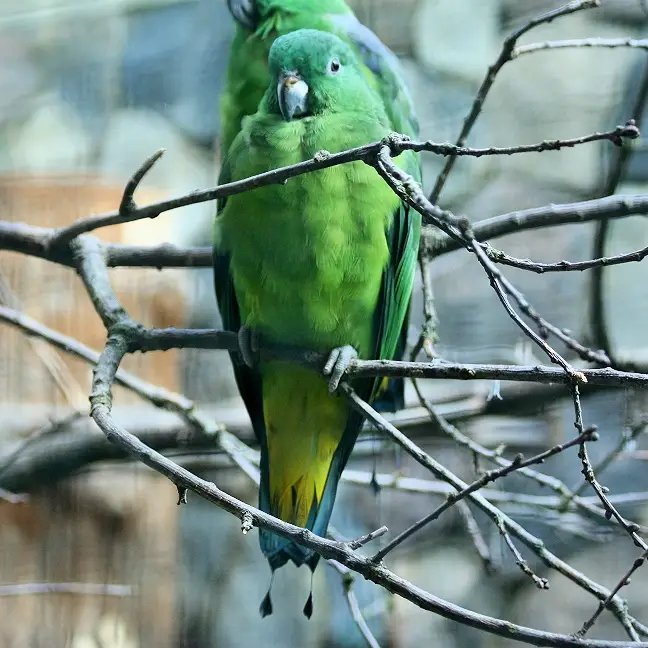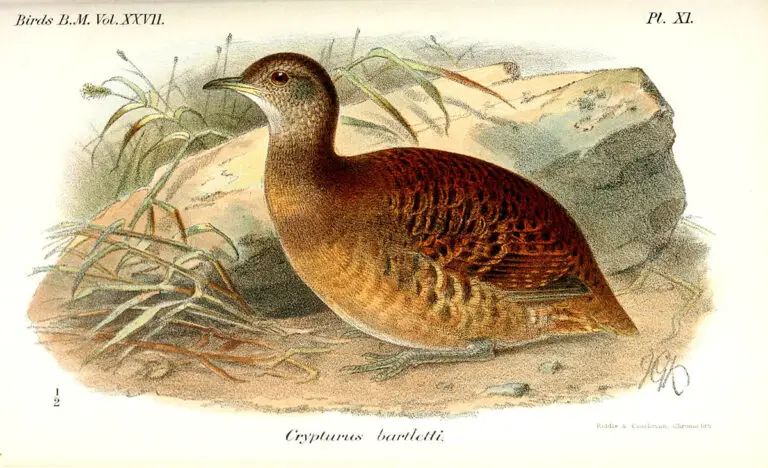Cow (Bos Taurus)
“There are nearly 1.5 billion worldwide!”
“roughly one cow for every seven humans on earth”
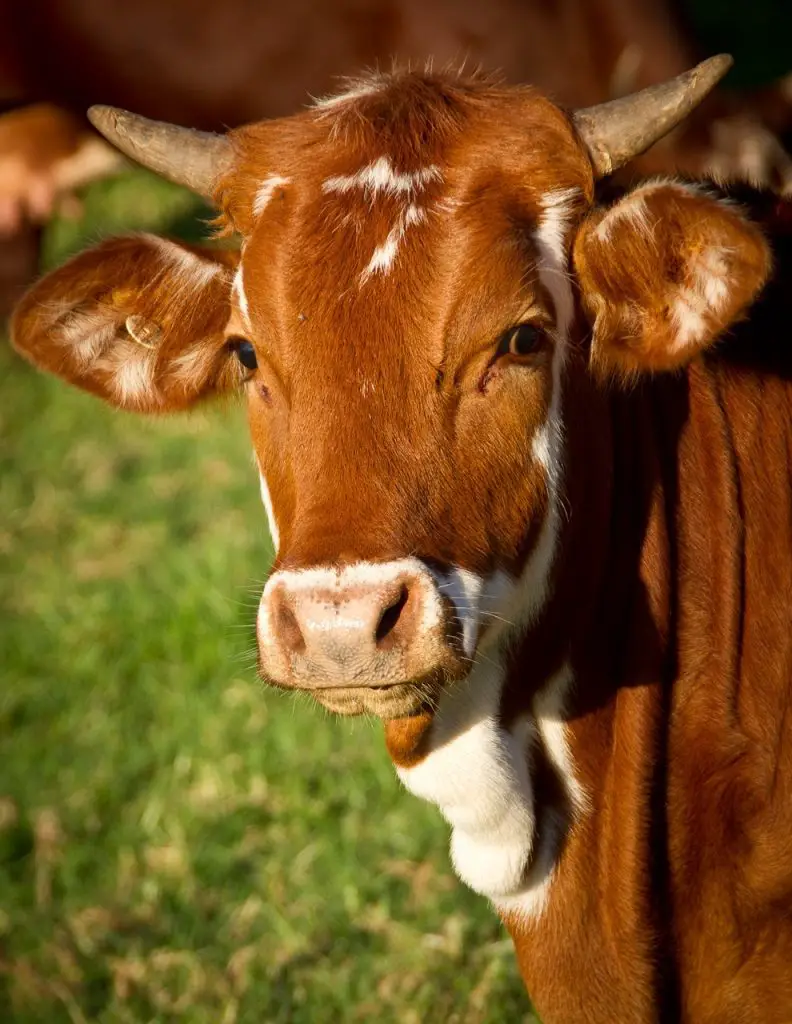
- Kingdom: Animalia
- Phylum: Chordata
- Class: Mammalia
- Order: Artiodactyla
- Family: Bovidae
- Genus: Bos
- Scientific Name: Bos Taurus
Conservation Status: Near Threatened
Locations: Found in Africa, Asia, Central America, Eurasia, Europe, North America, Oceania, and South America.
Cow Facts:
- Main Prey: Grass, Seeds, Flowers
- Distinctive Feature: Thick leathery skin and complex digestive system
- Habitat: Forest and grassland
- Predators: Humans, Bears, Wolves
- Diet: Herbivore
- Average Litter Size: 1
- Lifestyle: Herd
- Favorite Food: Grass
- Type: Mammal
- Slogan: There are nearly 1.5 billion worldwide!
Cow Physical Characteristics:
- Color: Brown, Black, White
- Skin Type: Leather
- Top Speed: 25 mph
- Lifespan: 12 – 25 years
- Weight: 700 lbs – 1,760 lbs
- Length: 1.5 m – 1.8 m (5 ft – 6 ft)
Cows, with their ubiquitous presence and long history of domestication, hold a significant place in human society and ecosystems worldwide. Originally domesticated for various purposes such as work, dairy, and meat, they now number roughly one for every seven humans on Earth. Despite their widespread presence, scientists are continually unraveling the complexities of their brains and emotions, highlighting the need for further understanding and compassion toward these gentle giants.
Ranging from sizes comparable to a car and adorned with a variety of physical traits like long horns, humps, and colorful patterns, cows showcase remarkable diversity within their species. While technically referring to the female of the species, the term “cow” is commonly used to describe any member regardless of gender, underscoring their cultural significance and widespread recognition.
Moreover, it’s important to note that the correct term for a group of these animals is “cattle,” emphasizing their collective identity within the species. As we continue to coexist with and rely on these remarkable creatures, it becomes imperative to appreciate and respect their role in our world while also ensuring their welfare and conservation for generations to come.
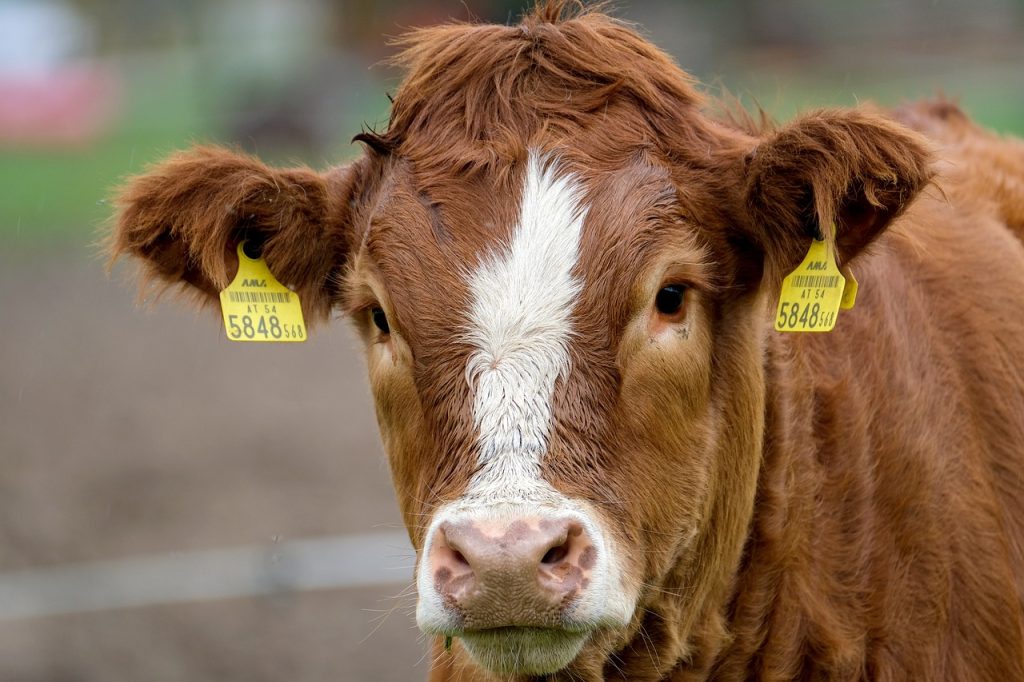
Cow Facts
Cow Facts:
- Size: The largest cows can grow to almost two tons, comparable in size to a car!
- Livestock Ranking: Cows are the second-largest type of livestock in the world, by number.
- Milk Production: A single cow can produce over seven gallons of milk per day, contributing significantly to dairy production worldwide.
- Cultural Significance: In parts of India and other cultures, cows hold sacred status, and slaughtering a cow is often banned, reflecting their revered position in society.
Scientific Name, History, and Evolution
Cow Classification:
- Scientific Name: Bos taurus
- Subspecies:
- Bos taurus indicus: Traces its roots to southern Asia, particularly modern-day India.
- Bos taurus taurus: Traces its origins to Europe.
Historical Context:
- Predecessor: The predecessor to modern-day cows was the auroch, an undomesticated bovine that lived in what is now Turkey and Pakistan.
- Domestication: Cows were domesticated from aurochs and soon started to spread across different civilizations.
- Genetic Mixing: Researchers have found that cattle brought to the Americas during Spanish colonization have traces of several different bovine lineages, indicating historical mixing of breeds from African cows and European cows.
Appearance and Behavior
Cows, with their diverse breeds and distinctive characteristics, showcase a fascinating array of sizes, colors, and markings. From the towering Chianina cow to the compact Dexter, these gentle giants vary greatly in size, with weights ranging from 750 pounds to over 3,700 pounds. Their skin and hair come in a multitude of patterns and colors, from the iconic black and white of the Holstein to the shaggy brownish-red coat of the Highland.
One notable feature among Indicus cows is the prominent hump on the back of their necks, distinguishing them from Taurus cows. Additionally, horns are common among cows, varying in length, shape, and orientation across breeds. From the impressive ten-foot-long horns of the Texas Longhorn to the shorter, upward-pointing horns of the Brahman, each breed possesses unique horn characteristics.
In terms of group dynamics, a collection of cows is referred to as a “kine,” while a broader assembly of cattle is termed a “herd.” This collective terminology underscores the social nature of these animals, highlighting their tendency to congregate and interact within their communities. Overall, the vast diversity and rich characteristics of cows make them an intriguing subject of study and appreciation in the animal kingdom.
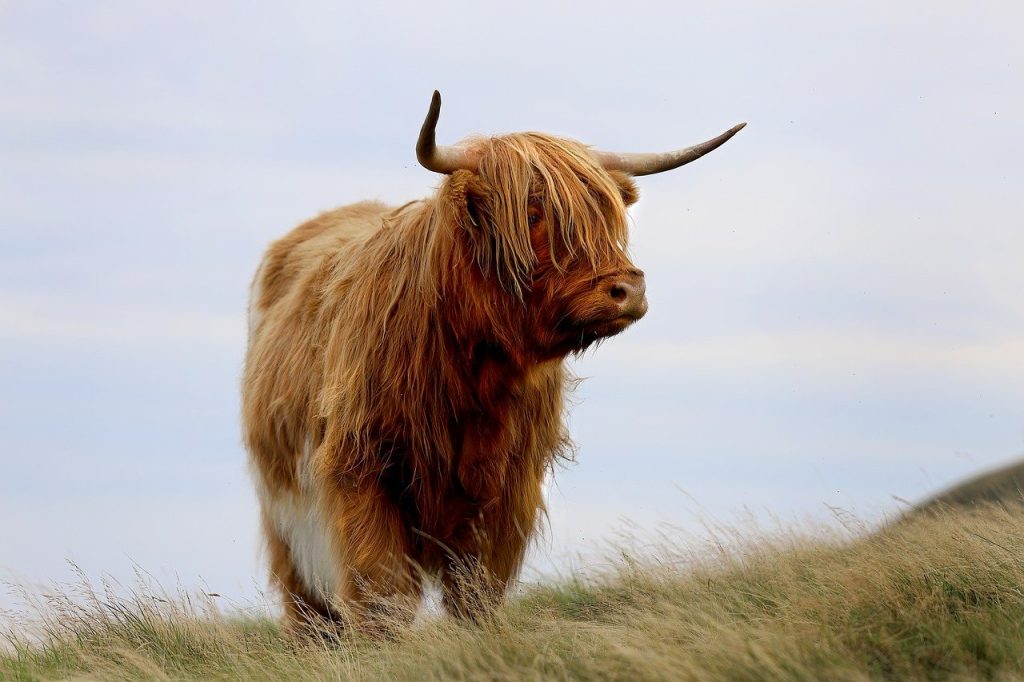
Types of Cows and Cattle
Cows come in an astonishing variety of breeds, each with its own unique characteristics and purposes. From beef production to milk yield, these breeds serve diverse agricultural needs across the globe. Here are some of the top cow breeds:
- Angus Cow: Known for its rich-flavored meat and self-sufficiency.
- Belted Galloway Cow: Notable for its distinctive black-and-white coloring and lean beef.
- Brahman Cow: Recognized for its hump and extra skin, originating from India.
- Charolais Cow: Raised for beef, milk, and draft purposes, prized for its hardiness.
- Dexter Cow: Valued for its compact size and high milk yield relative to its weight.
- English Longhorn Cow: Versatile breed used for beef, dairy, and draft purposes, known for its extended horns.
- Fleckvieh Cow: Dual-purpose breed known for its meat and milk production, originating from Austria.
- Gelbvieh Cow: Known for strong birthing and mothering qualities, originating from Germany.
- Hereford Cow: Adaptable breed found worldwide, known for its early maturation and docile nature.
- Holstein Cow: Iconic dairy breed producing high-quality milk consistently.
- Limousin Cow: Ancient breed originating from France, valued for its muscular genetics.
- Lineback Cow: Critically endangered breed with distinctive white line down its back.
- Nelore Cow: Versatile breed used for meat and milk production, renowned for its hardiness.
- Nguni Cow: Native to Southern Africa, prized for its multi-patterned hides and resilience.
- Piedmontese Cow: Known for exceptional muscular genetics and resistance to diseases.
- Red Angus Cow: Developed from crossbreeding, known for its workability and beef quality.
- Scottish Highland Cow: Raised for meat production, characterized by its sturdy constitution and long hair.
- Shorthorn Cow: Manageable breed with longevity, favored by early American settlers.
- Simmental Cow: One of the oldest and widely distributed breeds, known for rapid weight gain.
- Senepol Cow: Specially created breed for milk and meat production, characterized by red color and lack of horns.
- Texas Longhorn Cow: Iconic breed known for its hardiness and resistance to diseases.
- Watusi Cow: Ancient breed from Africa, recognized for its large horns and adaptation to warm climates.
- Welsh Black Cow: One of the oldest UK breeds, bred for dairy and beef production.
- Wagyu Cow: Highly valued for its unique-tasting beef and high marbling content, with several Japanese breeds.
These breeds represent a fraction of the remarkable diversity within the global cattle population, each contributing uniquely to agriculture and food production worldwide.
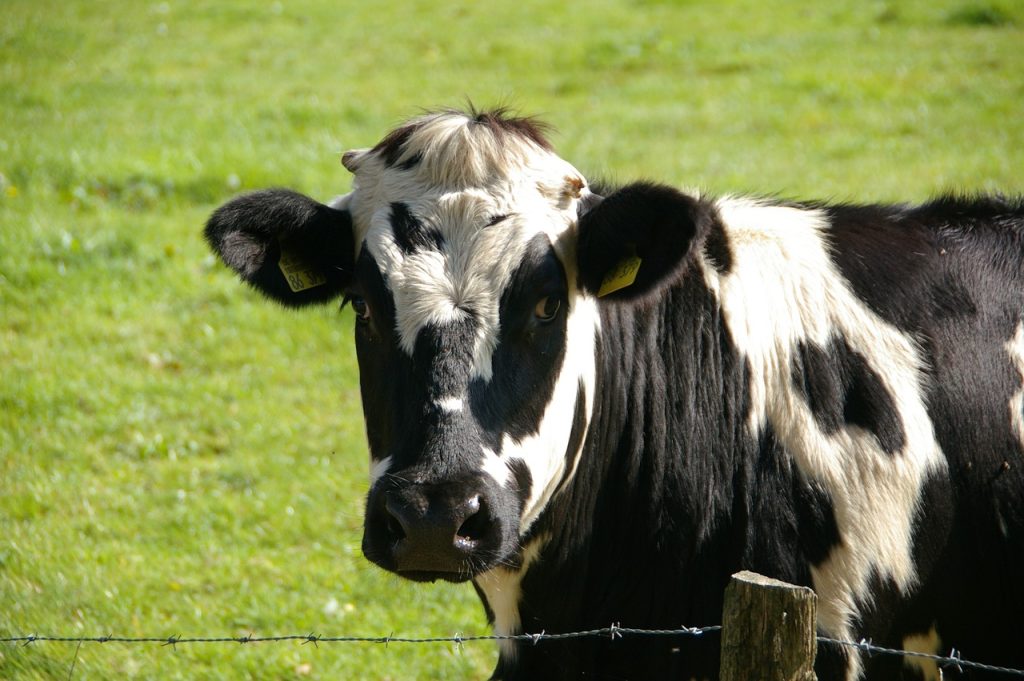
Intellect and Emotion
Recent research has shed light on the remarkable intelligence and emotional depth of cows, challenging previous assumptions about these animals. It’s now evident that cows possess cognitive abilities, memory, and social awareness, making them far more complex than previously thought.
Studies have shown that cows can learn, remember, and problem-solve, demonstrating individual personalities and behaviors. They exhibit traits such as boldness, shyness, and playfulness, indicating a rich inner life beyond mere instinctual responses.
Furthermore, cows display emotional sensitivity, reacting to fear, anxiety, and distress. Observable cues such as eye whites and ear positioning reflect their emotional state, with separations from offspring or distressing situations eliciting visible signs of distress.
Interestingly, cows also demonstrate “emotional contagion,” where they mirror the moods of their herd mates. This phenomenon highlights their social interconnectedness and empathetic responses, influencing their behavior based on the emotions of others within their group.
Overall, these findings challenge outdated perceptions of cows as simple, unfeeling creatures, emphasizing their cognitive complexity, emotional depth, and social intelligence. Understanding and respecting these aspects of cow behavior are crucial for promoting their welfare and enhancing our relationship with these sentient beings.
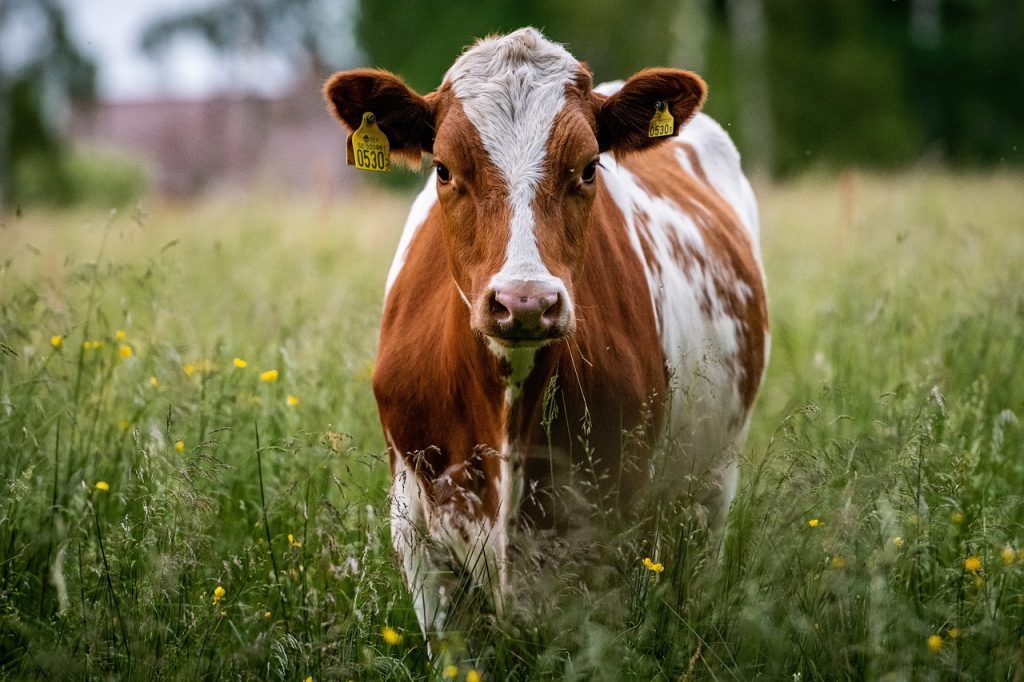
Habitat
Cows are remarkably adaptable animals capable of thriving in diverse climates and landscapes. Their ability to survive in various environments is attributed to their genetic diversity and physiological resilience.
Indicus cows, originating from tropical regions, are well-suited to hot and humid climates. Their adaptations include heat tolerance, resistance to parasites, and efficient water retention, enabling them to thrive in tropical environments with abundant vegetation.
On the other hand, taurus cows, derived from cooler regions, are equipped to withstand colder temperatures and harsh winters. Their thick coats and physiological mechanisms help them conserve heat and maintain body temperature in colder climates.
Regardless of their subspecies, cows require access to ample grazing space and suitable forage. Whether in mountains, jungles, plains, or other habitats, cows can adapt their grazing habits to utilize available vegetation resources efficiently.
Cows’ adaptability to diverse environments underscores their versatility as livestock animals, allowing them to inhabit and thrive in a wide range of ecological niches across the globe.
Diet
Cows, as herbivores, rely primarily on grass and other plant materials for their diet. Their unique digestive system allows them to efficiently process tough grasses and fibrous vegetation.
The process begins with the cow ingesting grass and plants, which are swallowed unchewed and stored in the first compartment of their stomach, known as the rumen. Later, when the cow is in a safe and relaxed environment, it regurgitates a portion of this partially digested food back into its mouth as cud.
Cud, the regurgitated material, is then thoroughly chewed by the cow, breaking it down into smaller particles. This process, known as rumination or chewing the cud, aids in further mechanical breakdown of the food and enhances digestion by exposing more surface area for enzymatic action.

Once the cud has been sufficiently chewed, the softened material is swallowed again, passing through the remaining compartments of the cow’s stomach for further digestion and nutrient absorption.
This specialized digestive process allows cows to effectively extract nutrients from tough plant materials, making them well-adapted to grazing on a variety of grasses and vegetation in their natural habitats.
Predators and Threats
Predators pose a relatively minor threat to cows, particularly those kept on farms where they are generally protected. In the United States, only a small percentage of farm cow deaths, about two percent, can be attributed to predators. Among these, dogs and coyotes are the most common culprits.
However, the greater concern for cows lies in the realm of diseases. Due to their social nature and tendency to move in herds, cows can easily transmit diseases among themselves. This poses a significant risk to their health and well-being. Diseases like Foot and Mouth Disease (FMD) can spread rapidly within a herd, causing widespread devastation. FMD doesn’t affect humans directly but can have severe consequences for cattle, leading to economic losses and disruptions in the livestock industry.
Governments are vigilant about preventing the spread of diseases among cattle herds. Instances such as the discovery of “mad cow disease” in some U.S. cattle in 2003 resulted in stringent measures to contain the outbreak and prevent the spread of the disease. These measures included restrictions on the export of U.S. beef, leading to significant financial losses for beef farmers.
While predators may pose some risk to cows, disease outbreaks represent a more significant threat to their health, welfare, and the agricultural industry as a whole.

Reproduction, Babies, and Lifespan
Cows have a relatively short gestation period of about nine months, after which they give birth to live calves. These calves nurse for a few months before being weaned, during which time they can walk shortly after birth. It takes approximately one to two years for a calf to mature into an adult cow capable of reproducing.
In many farming operations, cows are bred artificially to avoid genetic issues and ensure desirable traits in offspring. As adults, cows typically give birth to a single calf once every two years. While cows have a natural lifespan that can exceed twenty years, most farm cows do not live beyond ten years. After several years of milk production, they are often processed for meat.
This reproductive cycle, coupled with the utilization of artificial insemination and selective breeding, allows farmers to efficiently manage their herds for milk and meat production.
Population
With a global population numbering over 1.4 billion, cows and cattle are the second most abundant farm animal worldwide, averaging roughly one cow for every seven humans. While there are some pockets of wild cows, the vast majority of Bos taurus are domesticated and raised on farms.
Despite the overall abundance of cows, certain breeds are notably less common than others. Conservation groups play a crucial role in preserving rare breeds, such as the Dexter, to ensure their genetic diversity and long-term survival. Through these efforts, diverse genetic lineages within the cow population can be maintained for future generations.
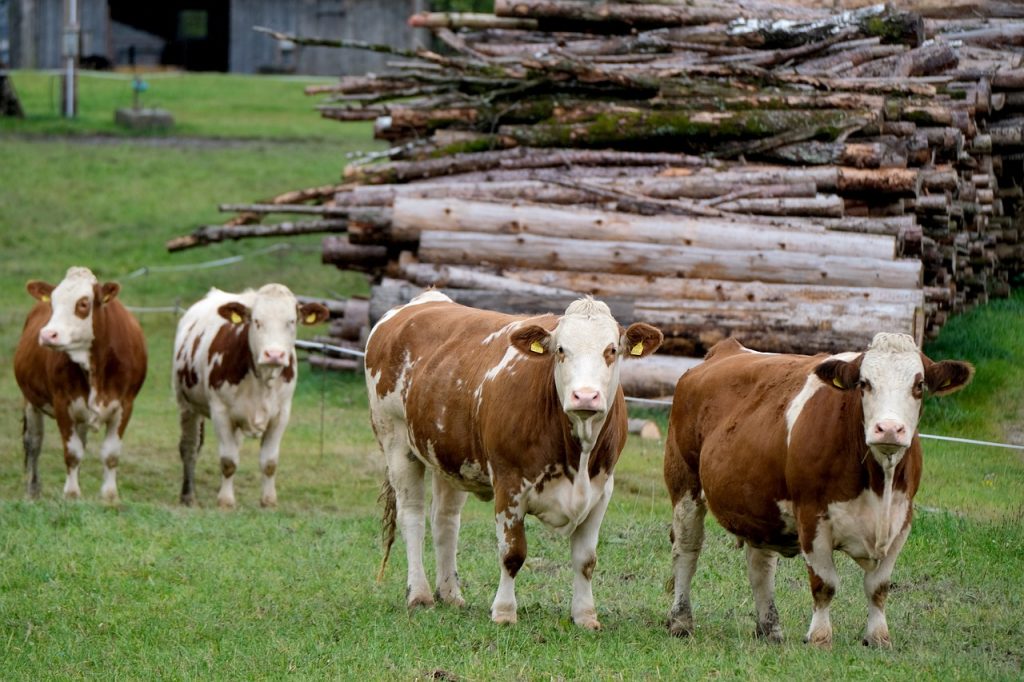
Before You Go…
Cows, with a global population exceeding 1.4 billion, are among the most abundant farm animals worldwide. Their significance in agriculture spans centuries, as they provide essential resources such as milk, meat, and leather. While domesticated Bos taurus are prevalent, efforts to conserve rare breeds highlight the importance of maintaining genetic diversity within the cow population. With their adaptability to various climates and habitats, cows continue to play a vital role in human livelihoods and food security around the globe.
Reference:
